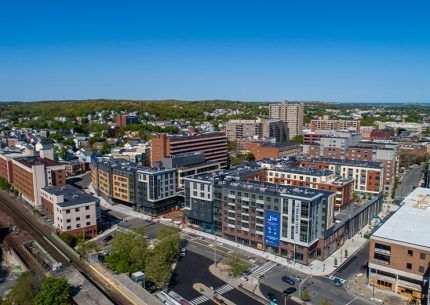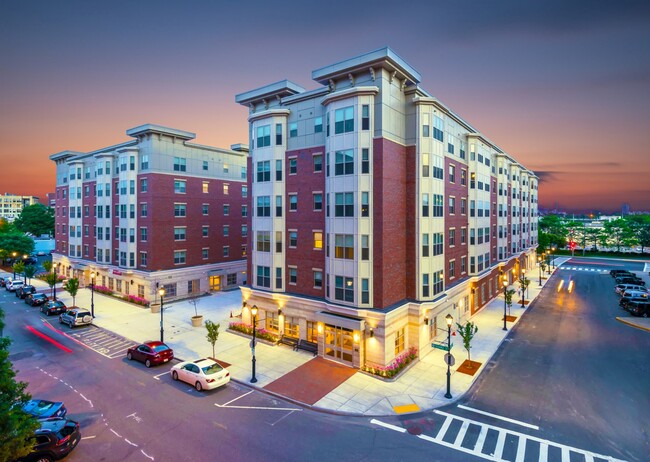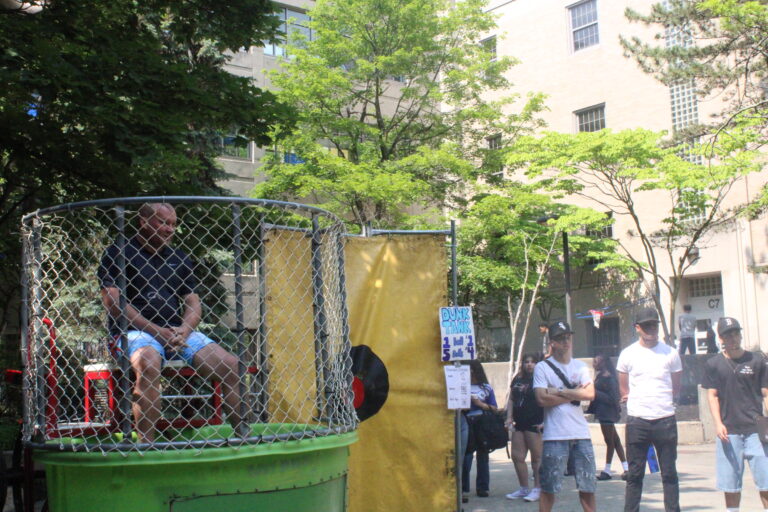
Gentrification is a word that has been getting thrown around a lot over the last couple of years, across the entire United States. In city after city, the price of everything has risen at an unheard-of pace, pricing out many of the original residents and leaving those cities to upper-middle class individuals moving out from dense urban areas. As new people move in, the new wealthy population begins to influence the actions of locals, shifting its actions to accommodate a higher-income population, new business opportunities, and the improvement of city facilities.
The effects of gentrification are surely felt in Malden. While most of the students in our high school are too young to properly observe what has been going on, the adults in the city have certainly noticed it. For the adults, things have been slowly getting more and more expensive. New apartment complexes have been built. The downtown area has been revitalized. The education system has maintained a decent quality of education. As a result of these changes, among others, the quality of life in the city has increased.
These increases in the quality of life in the city have been correlated with increases in the cost of living. The average price of a house in the city of Malden has more or less doubled between 2013 and 2022. 10 years ago, the senior class of Malden High was still in elementary school, less than 10 years old, so most people reading this aren’t able to comprehend the changes in that time period. Between then and now, the city has changed immeasurably: stores have closed and new ones have been opened, City Hall has been demolished and reconstructed, and development after development has gone up in the city. For a city the size of Malden, the amount of development is far ahead of what one may expect.

While a lot of these changes can be attributed to various factors that are out of the city’s control, it is important to remember that the changes within the city have also proven to be a key factor in this cost of living increase. The fact that the city has maintained growth throughout the last decade and rebounded quite well from the COVID-19 pandemic shows that Malden is a strong city and a desirable place to live for a large amount of people, and the influx of new individuals into the city is not going to slow down anytime soon. However, this might prove to be a problem for other residents of the city, those who may be priced out by its increase in house prices.
As property taxes in Massachusetts are determined by the value of your property, the rapid increase in home and apartment prices through the last 10 years has meant that the people living in Malden have been forced to pay a lot more in taxes for the same property than what they may have had to pay back then. As a result, the original inhabitants of parts of Malden have been forced to move out, as the tax burden becomes too great for them. As the property values in an area continue to increase, more and more people begin to move out of that area, to be replaced with people with higher incomes who are willing to pay more in tax money. This is the fundamental trade-off of gentrification—the more that a city develops, the more unaffordable it becomes to its lower-income residents, who then move out and are replaced by new residents with higher incomes.
At least for right now, gentrification seems to be posing no actual threat to the city of Malden or its character. The increases in property value and the development around the city have not managed to fundamentally change the character of the city, but rather add to it. While gentrification may be causing trouble in many other parts of the country, it hasn’t done much to Malden yet.



